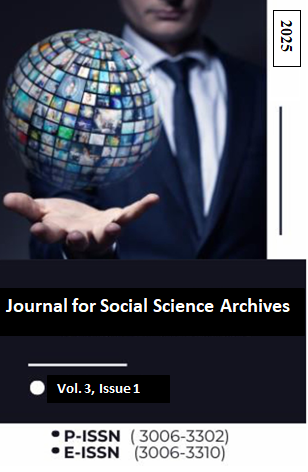Multi-Asset Portfolio Optimization for Green and Non-Green Cryptocurrencies in G7 Using Machine Learning
DOI:
https://doi.org/10.59075/jssa.v3i1.197Keywords:
Optimization, Diversification, Sustainability, Machine learning, decentralized finance.Abstract
This study examines the financial performance of diversified portfolios composed of various asset categories, including green cryptocurrencies, non-green cryptocurrencies, energy cryptocurrencies, stocks of leading companies, stocks of top energy companies, and stocks of prominent sustainable companies within the context of G7 nations. Additionally, it investigates the financial performance of green and non-green cryptocurrency portfolios across these regions. It aims to compare returns while examining the initiatives undertaken by these countries to foster sustainable financial systems. The research also explores how investors can leverage portfolio optimization to enhance returns in the rapidly evolving digital currency market. The study employs two machine learning techniques. First, six constraints, including maximum Sharpe ratio, minimum variance, maximum return, Sortino ratio, and Black-Litterman model, were applied to build portfolios for green and non-green cryptocurrencies. The model started with an 80%-20% train-test separation to find suitable allocations that it improved using full dataset retraining. The results explained that the highest Sharpe ratio portfolio generated the finest performance in the U.S. and Japan because of their strong financial market institutions and active participation from institutions. The investment cultures of Canada and Italy led to their selection of minimum variance portfolios. The Black-Litterman model worked well in the UK to produce equilibrium between market expectations and real risk-returns while German investors chose maximum return portfolios due to their risk tolerance. The French financial industry put risk-adjusted returns at the forefront thus the optimized Sortino ratio strategy proved most appropriate. A comparison between green and non-green portfolios shows that green portfolios regularly exhibited lower volatility together with superior risk-adjusted returns especially when sustainability policies were clearly defined in the nation. The higher returns from non-green portfolios came alongside higher speculative risk which made them susceptible to market volatility. This study demonstrated that selecting portfolios should be done based on specific market features that vary from country to country. Those who need stable long-term returns can achieve it through green investing while investors with high tolerance for risks can spend in non-green investments. Future studies should concentrate on developing dynamic rebalancing methods for portfolios while integrating decentralized finance (DeFi) technology to optimize portfolio management systems.
Downloads
Published
How to Cite
Issue
Section
License
Copyright (c) 2025 Journal for Social Science Archives

This work is licensed under a Creative Commons Attribution 4.0 International License.



